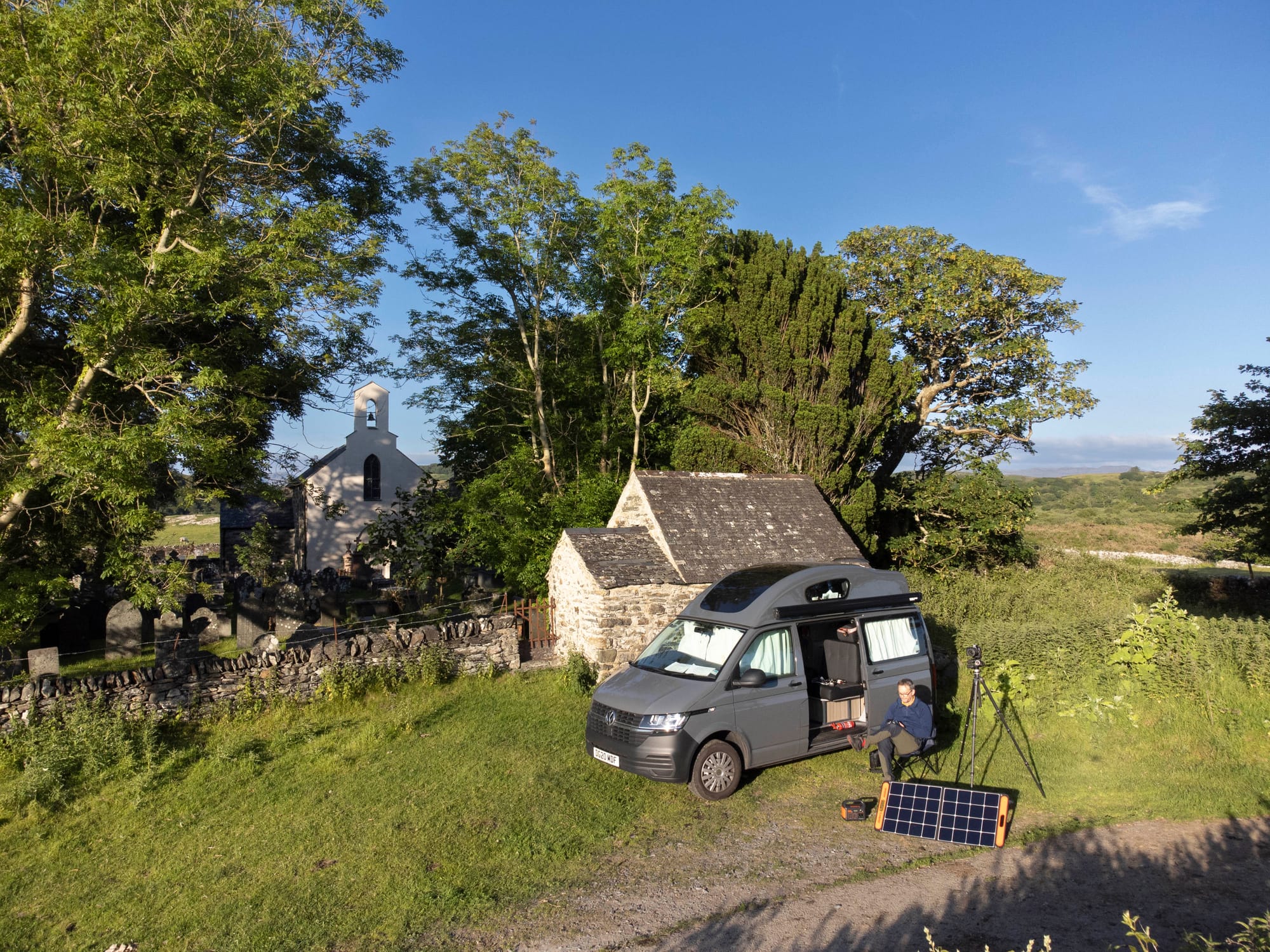
⚡️ View the latest digest and the full archive here.
📐 My Goals ℹ️ Donations Page & Status 📸 MPP Status 🛍️Shop
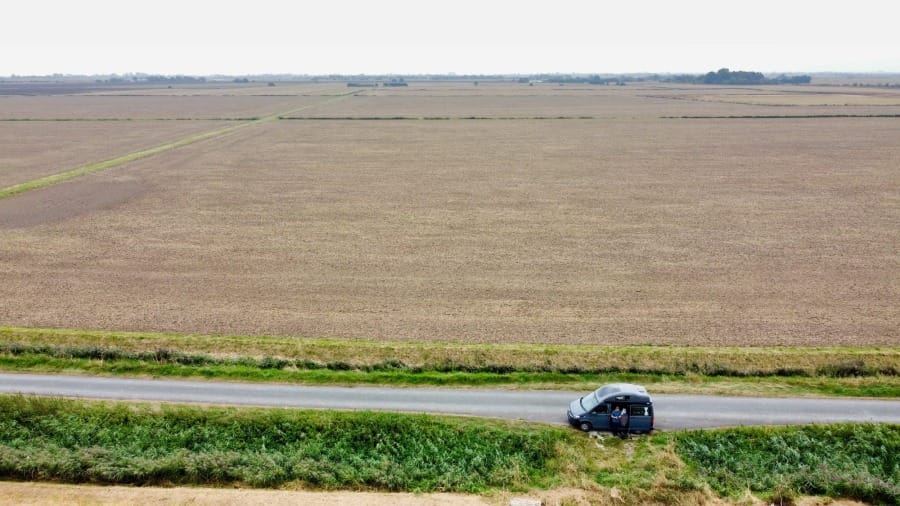
✨Holiday Edition
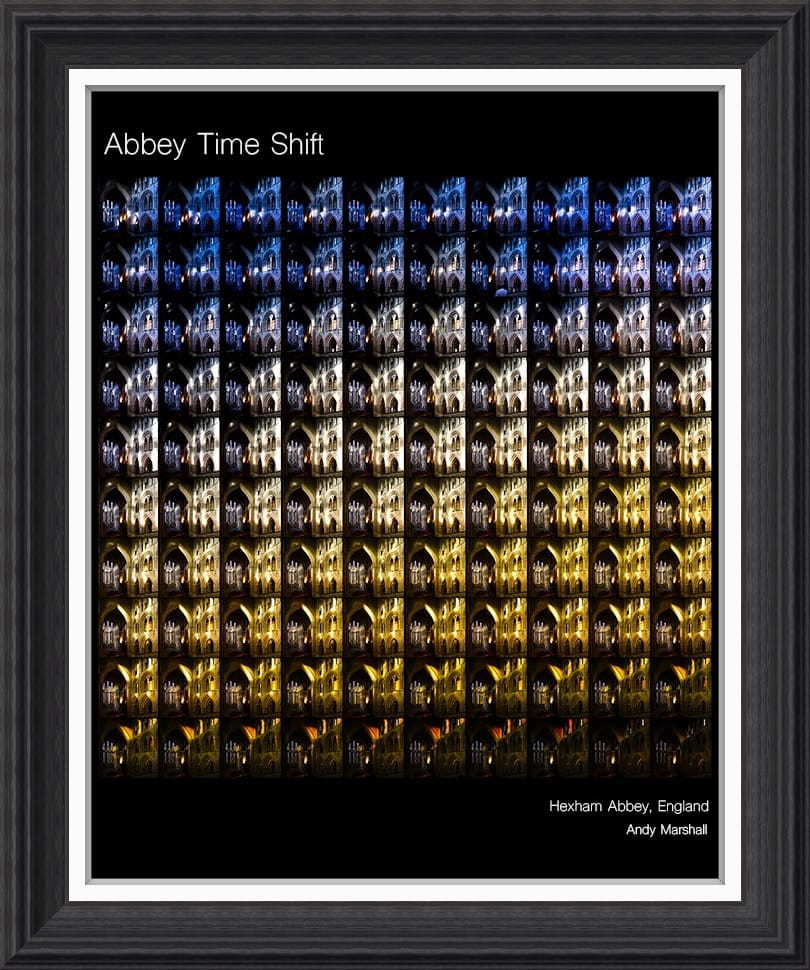
Hexham Abbey Time Shift.
A record of light more than a record of a building. This was my first ever foray into recording light intensity and the colour temperature of light as it interacts with a building over a day.
There are certain moments of looking at a familiar mountain which are unrepeatable. A question of a particular light, an exact temperature, the wind, the season.
You could live seven lives and never see the mountain quite like that again, its face is as specific as a momentary glance across a table at breakfast.
A mountain stays in the same place, and can almost be considered immortal, but to those who are familiar with the mountain, it never repeats itself. It has another timescale.
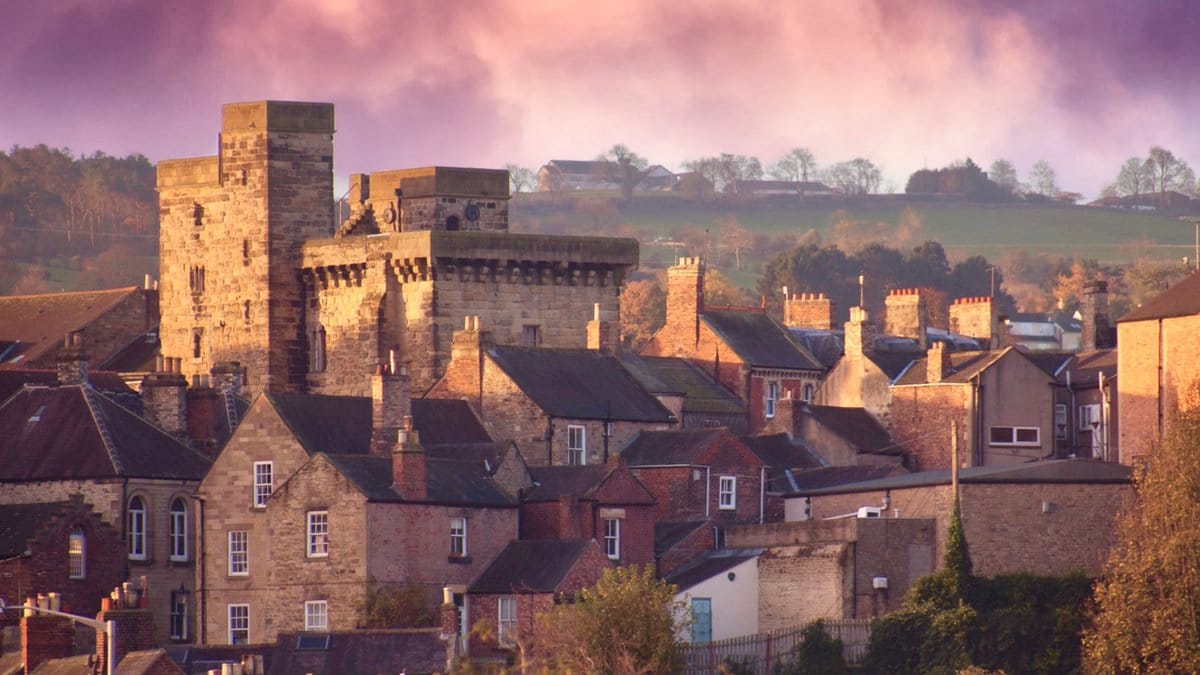
The Saxon crypt at Hexham Abbey in Northumberland is one of the most challenging spaces I’ve ever photographed. I photographed it many years ago during a time when I was particularly anxious about my purpose and future as a photographer.
Hexham has a townscape that rises in benevolence to the stocky tower of the church dedicated to St Andrew. Formerly an abbey, the church is a wonderful amalgam of different periods clashing together. During every visit I make to Hexham Abbey, no matter the purpose, I always find myself drawn to the deep spiritual well that is the 7th-century Saxon crypt—a hidden, barrel-roofed vault beneath the nave.
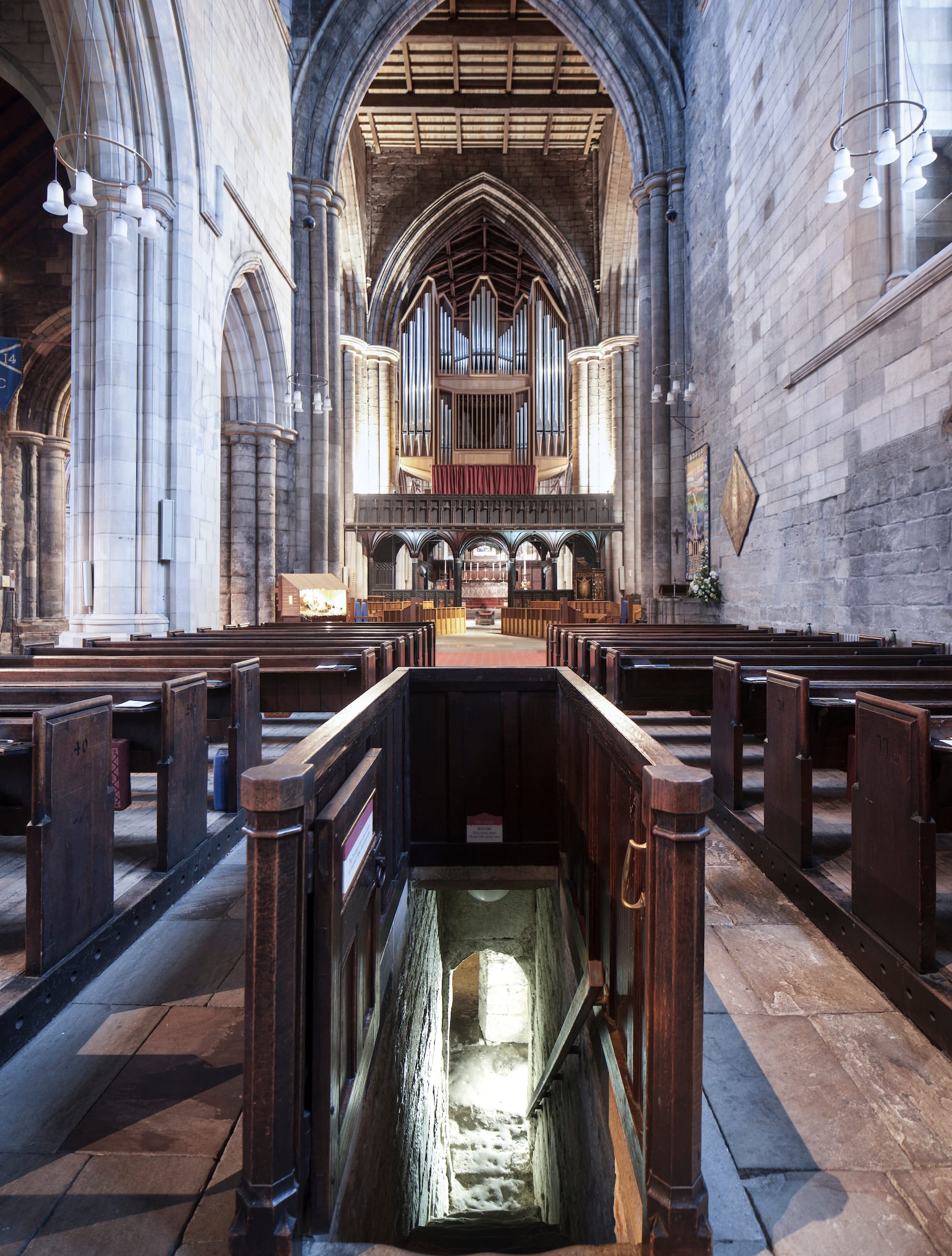
All the best things are double-baked—in this case, built and built again. Many of the stones that have held up the walls for over 1,300 years were tooled and carved by the hands of Romans.



Vine and cable motifs are interspersed between neighbouring stones with diapered and spiralled surfaces. This stone was salvaged from nearby buildings by Saxon hands in the latter half of the 7th century and re-formed into the crypt that survives today.


Whilst photographing the interior of the crypt, I asked for the artificial lights to be switched off and, as my pupils dilated, a particularly solicitous quality of light appeared, strained through a narrow-cut stairway acting as a single source of illumination—an oculus escalier.

With all the artificial lights off, abstract elements of the space started to appear before me, like a print in a developing tank. My eyes agitated the view with sideways glances, scooping the light into the most sensitive areas of my retina.
There are moments in life when our understanding of the world is turned completely on its head, when we are sent in an unexpected direction and find hope where we least expect it.

As I entered one of the side rooms, I thought for a second that I had seen a spark. A few more minutes passed, and the spark became a sparkle, and the sparkle became a vibrant cosmos scattered across several stones at the rear of the crypt.
As I approached a Roman stone, the walls began to shimmer, alive with vibrant spots of phosphorescence—tiny, radiant clusters of reds, blues, yellows, and greens.

What I had stumbled upon was a form of bioluminescence created by lichen that had taken root and thrived over millennia on the stone, built in devotion to the dead.
On a day spent groping in darkness, tethered to a remote release, I discovered something utterly wondrous and remarkable. Out of the darkness, light emerged—light that nature had carefully cultivated over centuries, harvested and stored for its own ends.

In Hexham's blacker-than-black crypt, this light became a beacon for an anxious photographer, reminding me that even in the depths of anxiety, beauty can emerge, guiding me in new directions and offering a spark of hope—a light in the dark.
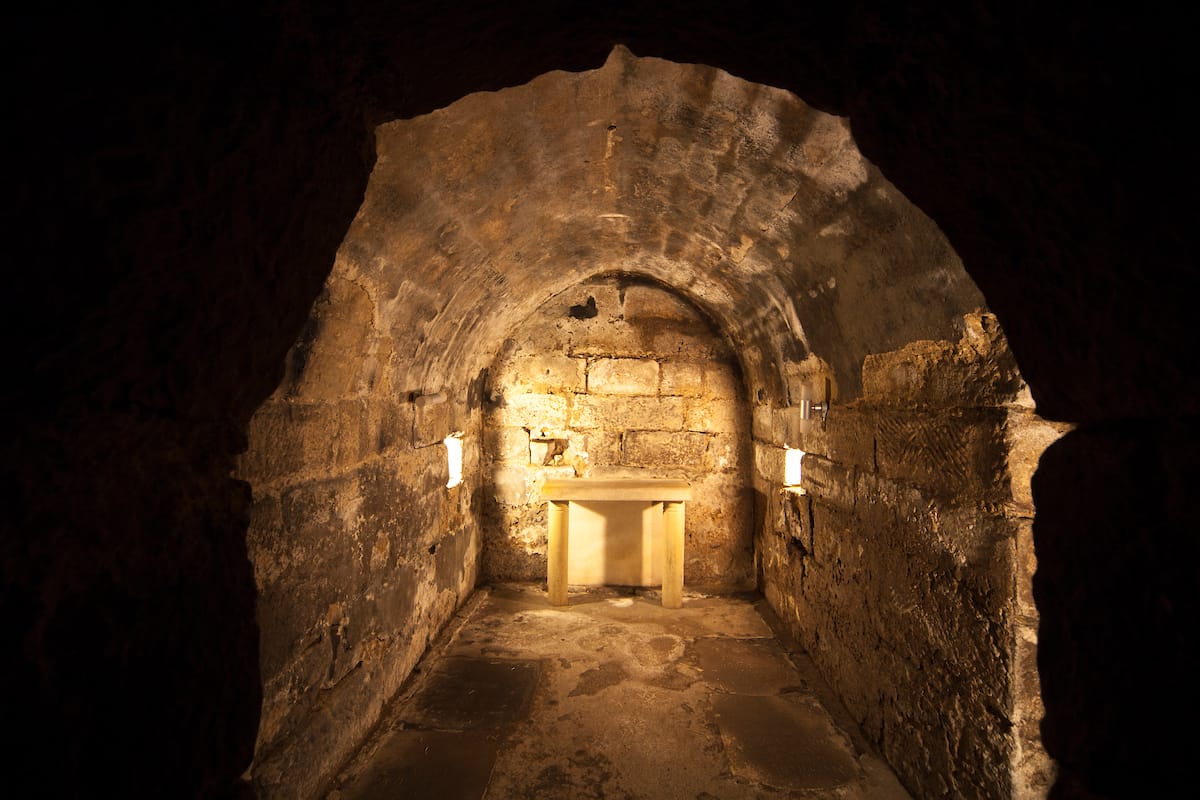
Hexham Light in the Transepts
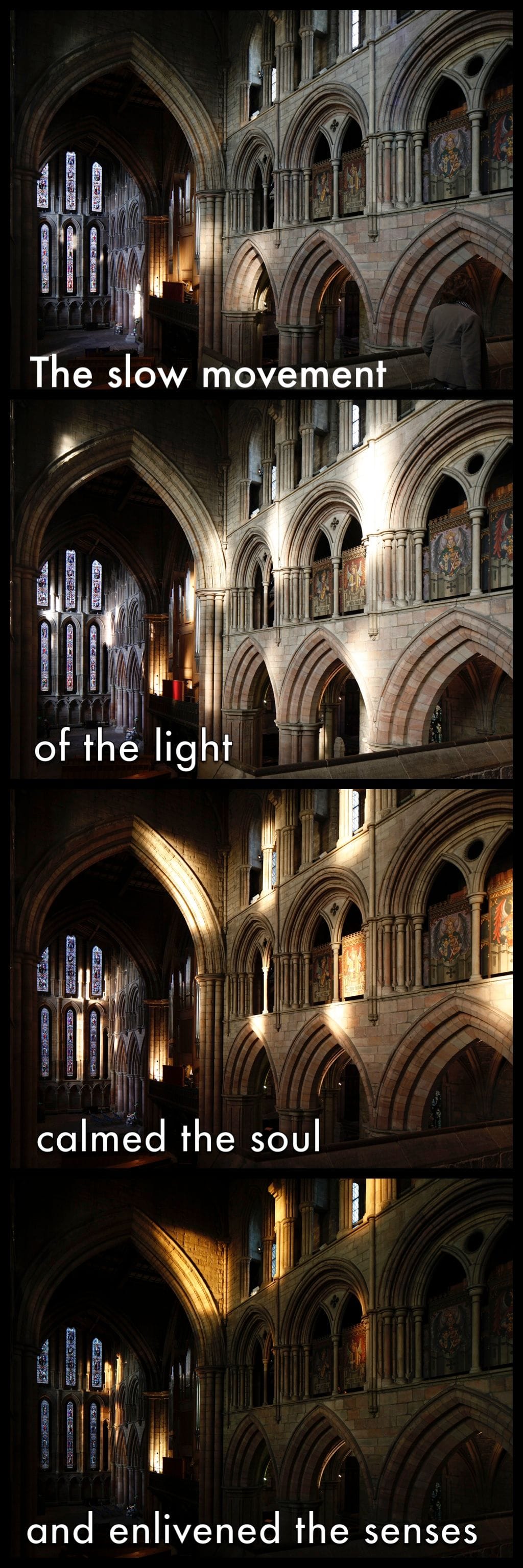
If you're teetering on the edge of becoming a member, here's an extra special incentive: a signed copy of my last Abbey Time Shift poster to the first person to sign up. The poster is a visual record of the light moving through the south transept at Hexham Abbey. There's also a little goody pack of post cards and photos for runners up too.
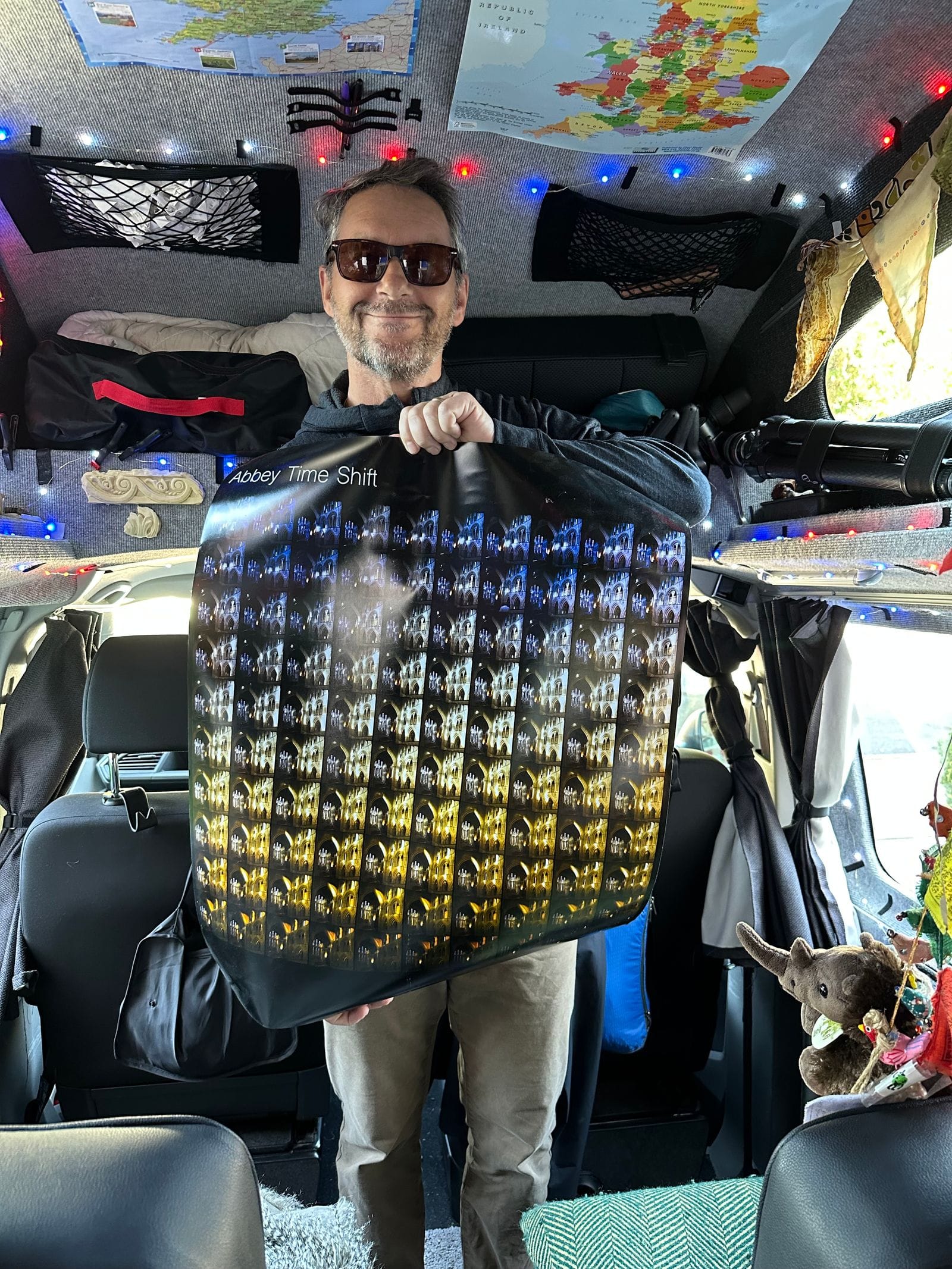
Membership helps keep me on the road, keeps the digest alive and contributes towards Member Powered Photography - free photography for historic sites.
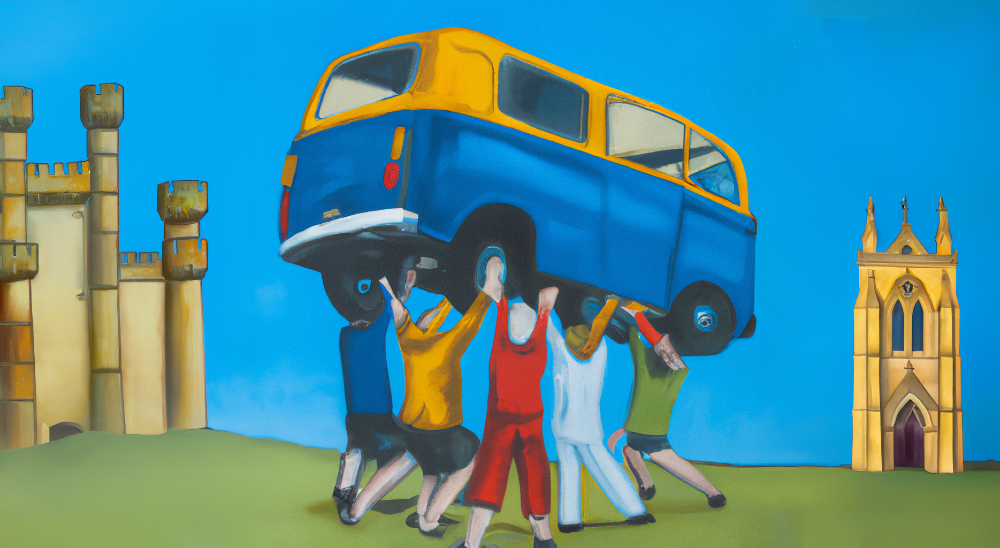
Hexham taught me about light - firstly in how to capture its movement in a long exposure.
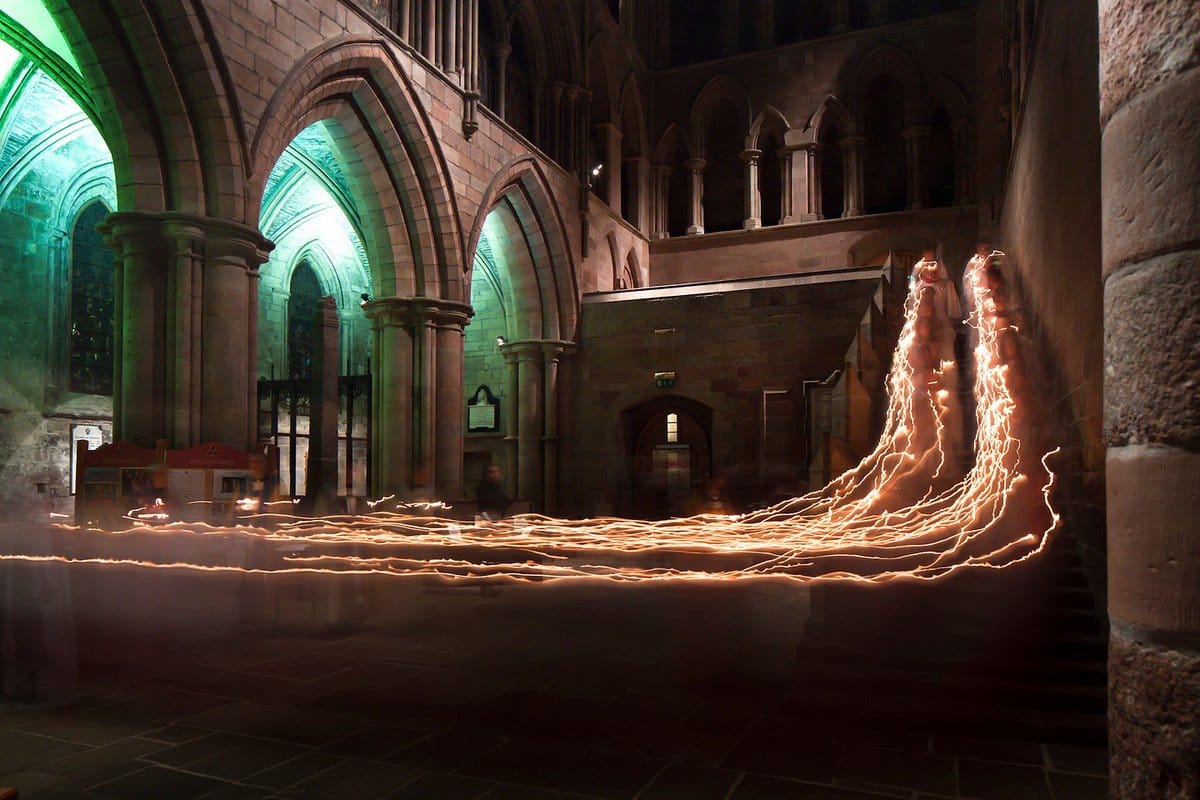
and then how to capture its movement over a full day.
I put my heart and soul into the Genius Loci Digest and it takes a day a week to produce. With your support, I’m able to keep this digest free and public facing. 📸🏛🚐
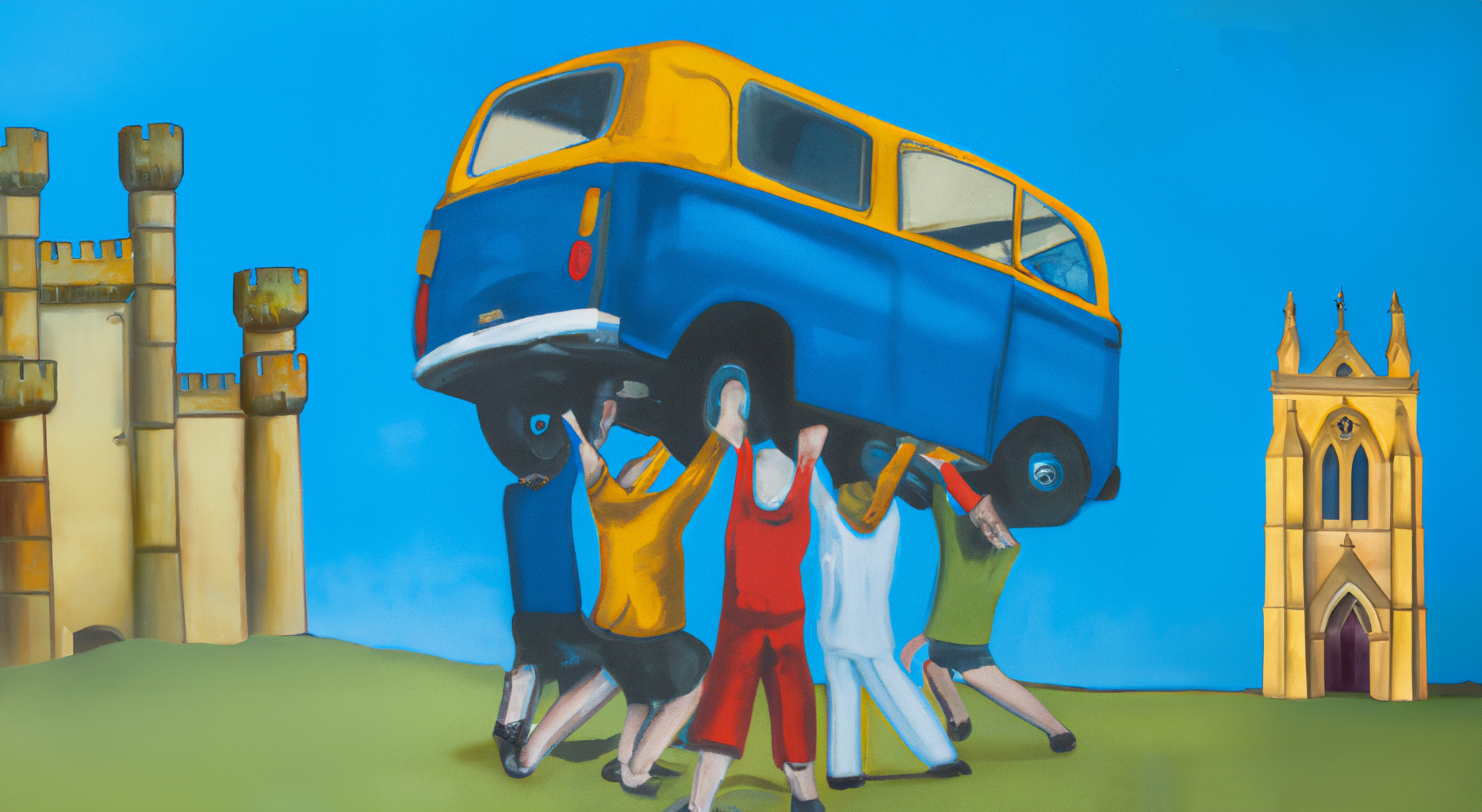
Do you know of a company or firm that might be able to sponsor the digest? Sponsorships are now going towards Member Powered Photography and recorded on the Donations Page.

Sponsor a Membership and get your own landing page on the Digest
More information here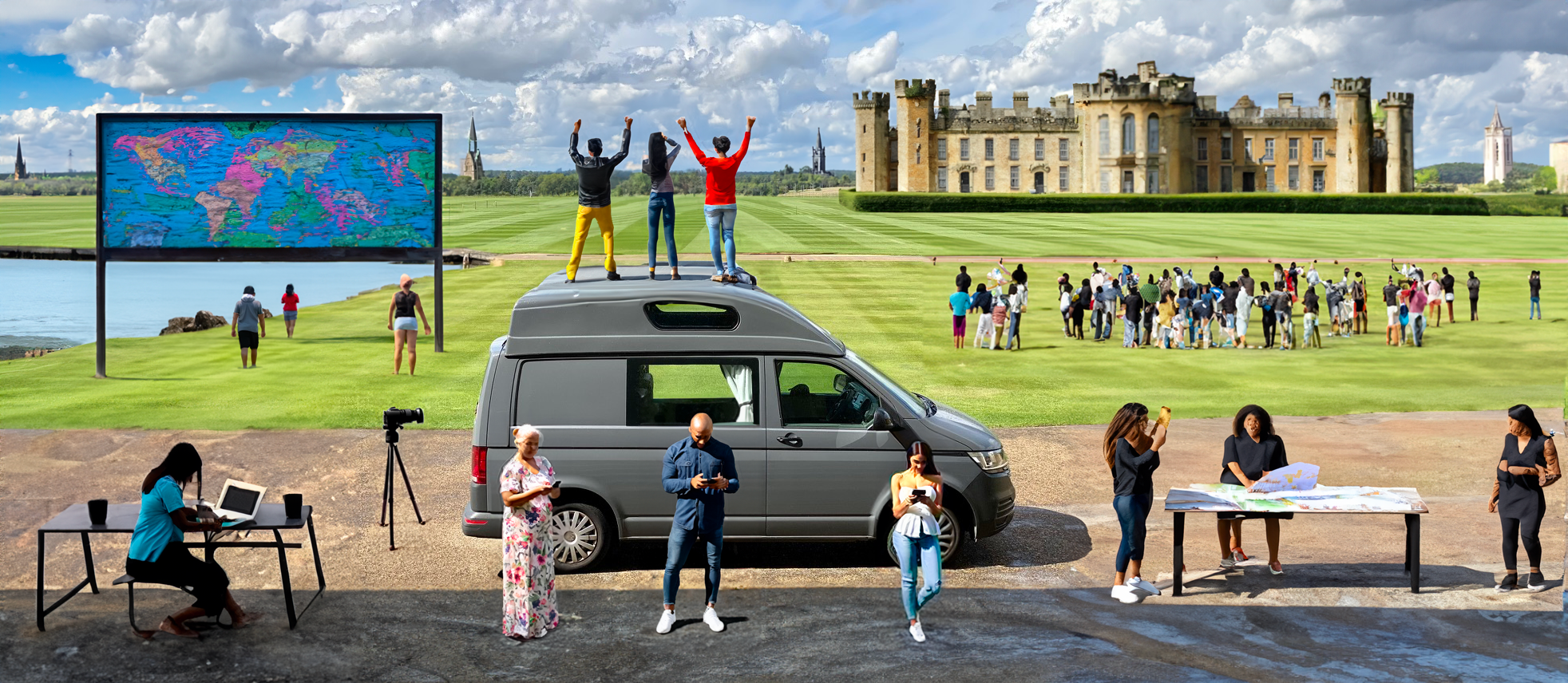
Thank You!
Photographs and words by Andy Marshall (unless otherwise stated). Most photographs are taken with Iphone 14 Pro and DJI Mini 3 Pro.

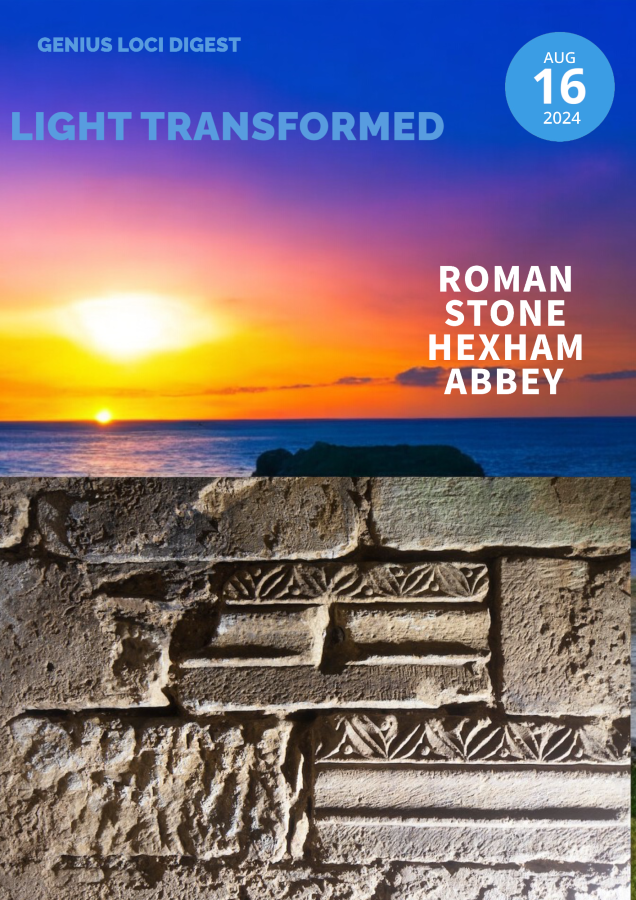
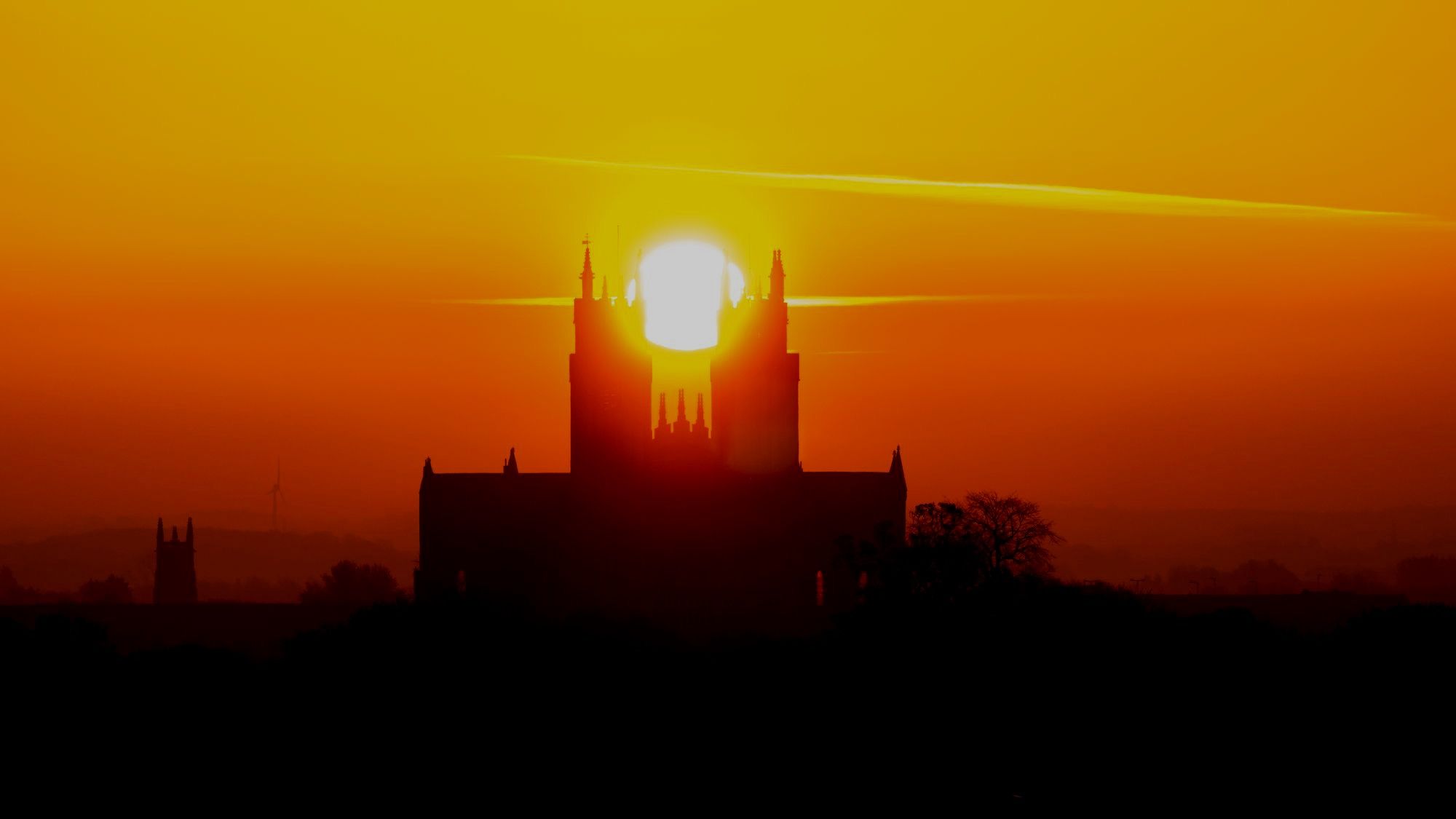




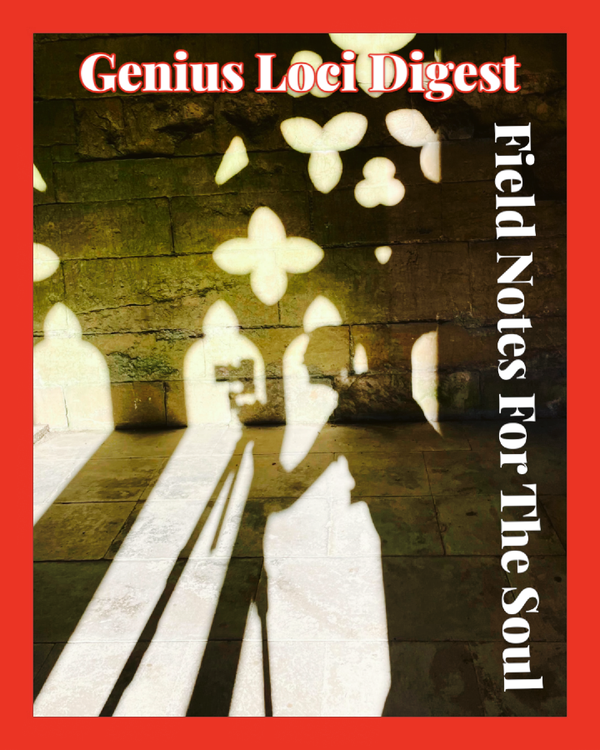
Member discussion